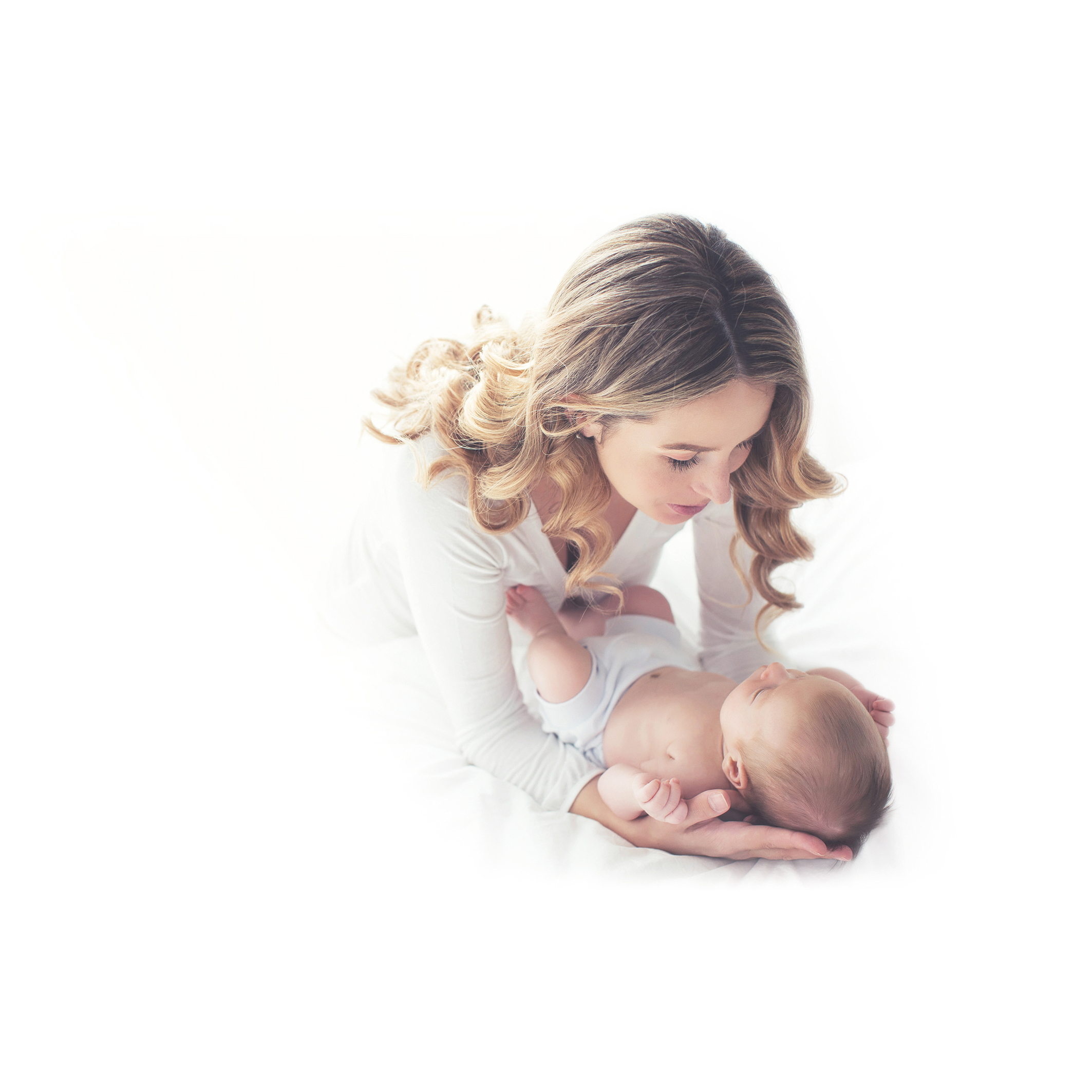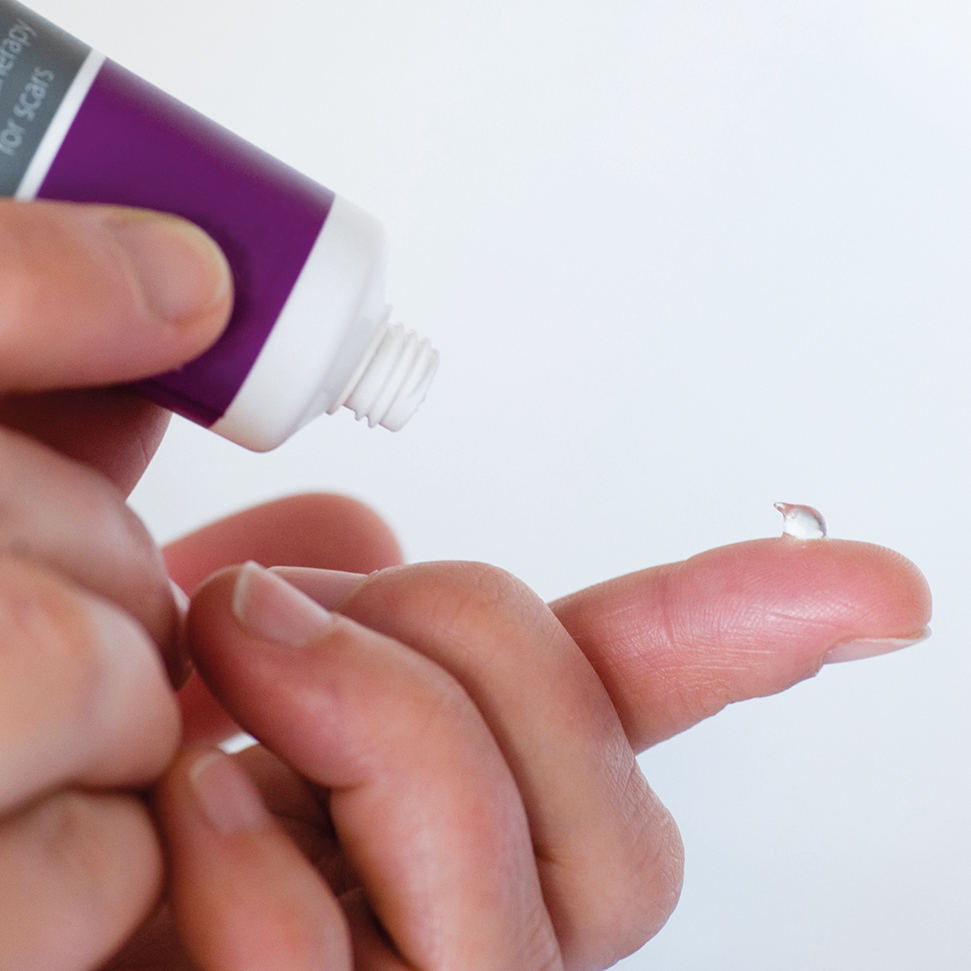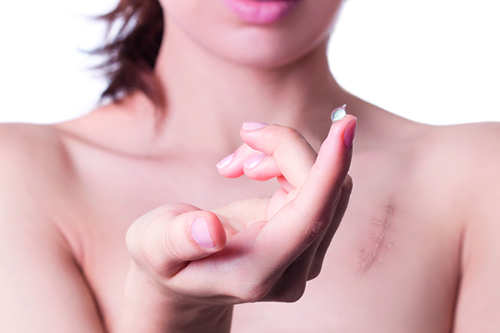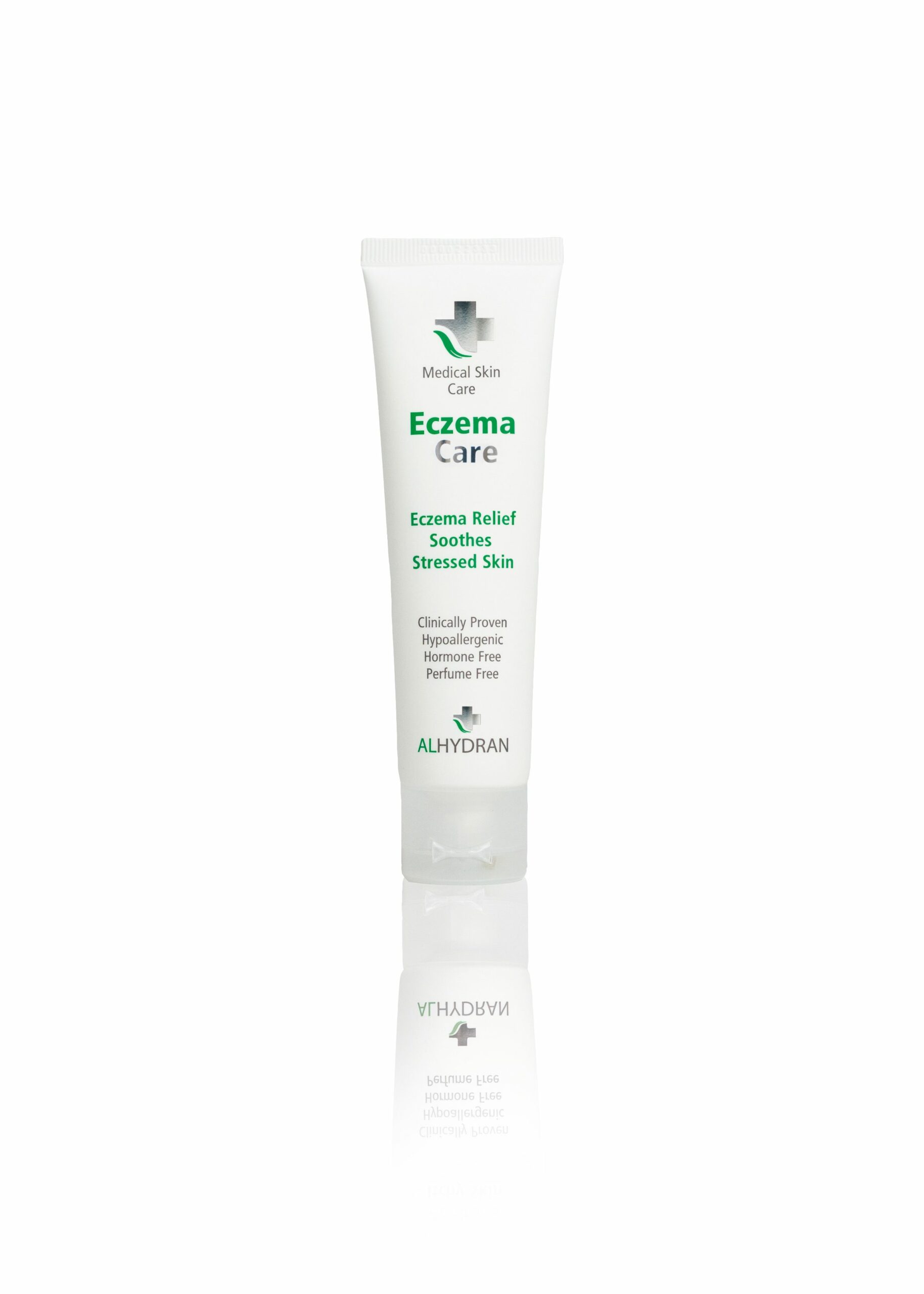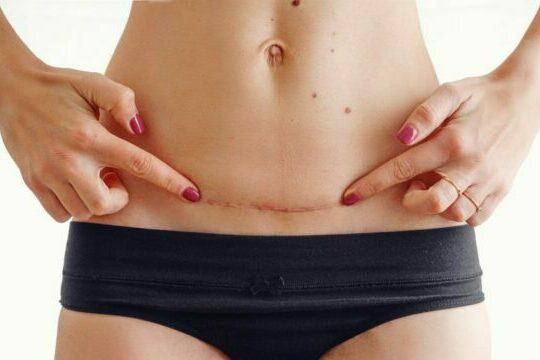Permanent scarring symptoms after caesarean section
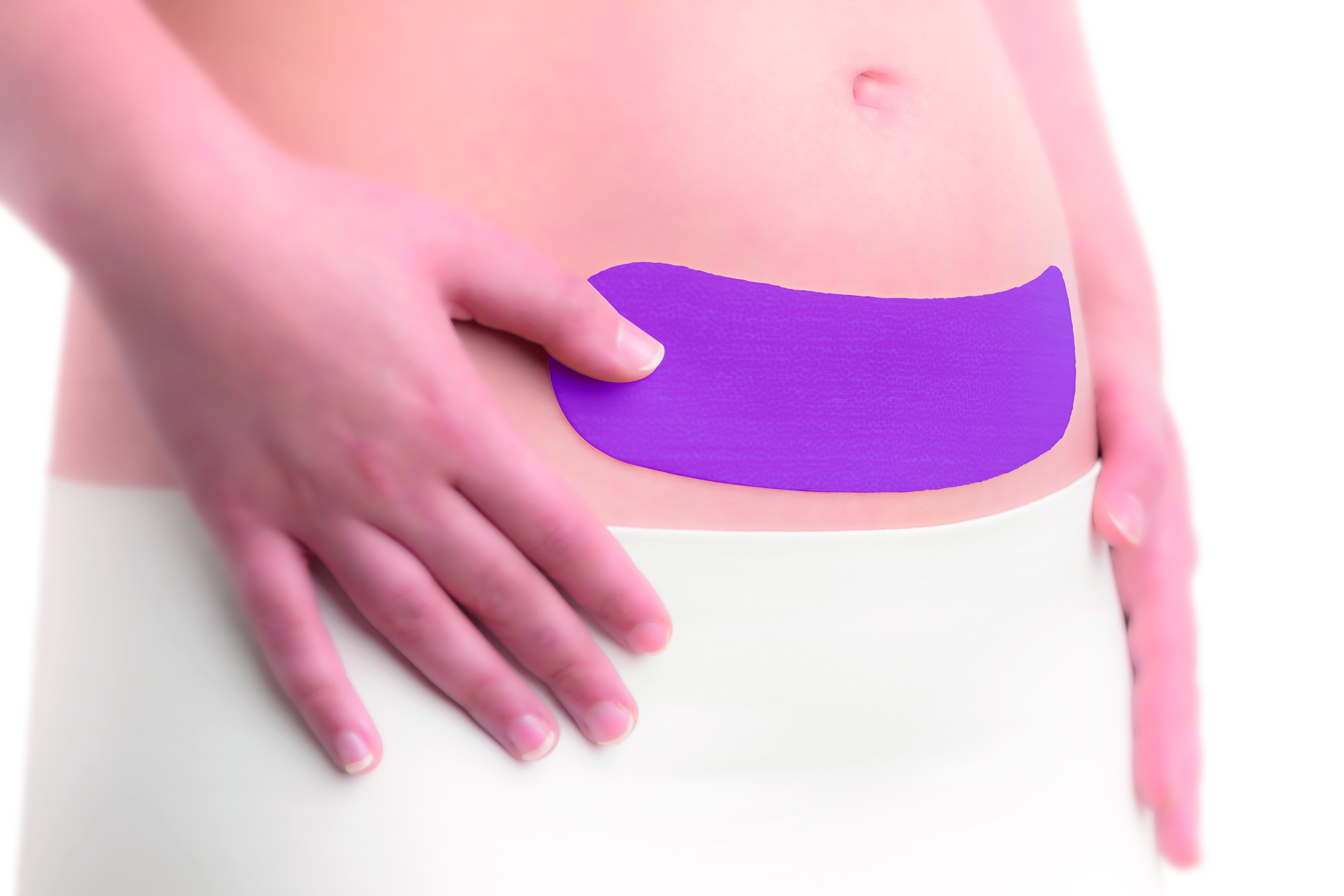
A caesarean section has a lot of impact. On a mental level, but it also requires recovery from your body and it leaves a scar. There may be permanent complaints after a caesarean section, which are often related to the further maturation of the scar. We will go through the most common complaints with you. Where possible, we provide tips and solutions.
In the following sections, we will discuss four frequently mentioned scar complaints that women experience during the recovery from a caesarean section.
Thickening of the scar
A scar, including the scar after a caesarean section, sometimes shows some signs of thickening in the first few weeks. This can be accompanied by some pain, itching and a red color.
When a scar eventually grows into a 'normal scar', this thickening eventually disappears. The scar becomes flatter, softer and the color also returns to the approximate color of normal skin. After about a year, the scar is as good as flat. The form is then final.
But until then, there is still a chance that the thickening of the scar will remain or grow further. This will result in an abnormal scar. A characteristic of an abnormal scar is therefore thickening of the scar occurs: Furthermore, the following 4 symptoms are characteristic of an abnormal scar.
- Dryness of the scar
- The scar pulls
- The scar itches
- A bright red color of the scar tissue
Treat your scar as soon as possible. Because as long as your scar is still active, treatment makes sense. The longer you wait before treatment, the smaller the chance of a good result. Therefore, start silicone therapy at an early stage after surgery. Especially for scars after caesarean section, there is Scarban C-section.
Scar still painful after years
Are you still experiencing pain after your cesarean section? That's not 'normal'. And you don't have to keep walking around with it either.
Normally, your scar still hurts in the 1st weeks after a caesarean section. But those complaints should subside after a few months.
Is this not happening? Then it seems that your scar is abnormal: a thickening occurs. Then your scar will 'pull' a lot, for example with certain movements. That's what causes the pain.
Therefore, always keep a close eye on your scar after wound closure. Start treating your scar wound on time with silicone therapy or a moisturizer such as ALHYDRAN.
Why does your C-section scar still hurt after years?
A scar can become very stiff. Certainly a large scar, like the one that occurs after surgery. So don't underestimate a caesarean section: it is a serious procedure, with a serious scar as a result.
If you're unlucky, you'll have an extra thickened scar. Then your skin is extra stiff. And even less elastic than with a normal caesarean scar.
Sometimes you only notice it after years. For example, in the case of a 2nd pregnancy. After all, then your skin will be under extra tension. With pain as a result.
What can you do about scar pain years after a caesarean section?
It's never too late to take good care of your scar. Silicone therapy also helps with old scars.
In addition, loose-fitting clothing, sufficient rest in case of pain, and massaging your scar daily help.
The abdomen hangs over the cesarean section scar
Your belly has to endure a lot after a caesarean section. During your pregnancy, the skin of your belly stretches considerably. This will result in a swollen belly after your caesarean section. The muscles also become weaker underneath. Unfortunately, your skin does not immediately bounce back to normal after giving birth. If only it were so. As a result, many women have looser abdominal skin after giving birth.
There is probably not much that can be done about the overhanging abdomen that occurs after a caesarean section. A proper diet for weight loss, abdominal exercises, or sprats can help a little. Make sure you are well informed by your doctor first.
In any case, it is a matter of waiting and being patient. There is a good chance that the abdominal skin will recover somewhat in the months after you give birth.
Adhesions of the scar
Do you also suffer from symptoms other than pain, such as:
- Bowel complaints
- Back pain (feeling like your back is being 'pulled')
- Pelvic pain
- Upset stomach
- Incontinence
- Pain during abdominal exercises
When you think of those kinds of complaints, you don't immediately think of your caesarean scar. But they can be involved.
These complaints indicate possible adhesions of the subcutaneous scar tissue. Adhesions are strands of connective tissue that can form after an accident, infection, or inflammation, but also after a scar.
These adhesions also mean that something is not quite right in the recovery process of your caesarean scar.
In a caesarean section, these connective tissue strands lie between the abdominal organs themselves, and between the abdominal organs and the abdominal wall. So it takes place a little deeper in your body.
You can recognize adhesions on the outside by the following characteristics:
- The scar pulls in a bit.
- It is thick and lies clearly on the skin
- It is red or darker in color than the skin.
- There is a tight, painful sensation at the site of your scar.
Don't be left with scarring symptoms after your caesarean section
We hope that this blog has given you more insight into complaints that may arise after a caesarean section, and what you can do about them. Don't get stuck with it!
Share this post
About the Author

Topics
- Scarban
- Scarban
- Dermasilk
- Eczema
- Alhydran
- Therapeutic clothing
- BAPScarCare
- Sensitive Skin
- Eczema clothing
- Itching
- Varicose eczema
- Dermasilk wash and care instructions
- Jock itch
- Menopause
- Chemotherapy
- Clinical studies
- Size guide
- DermaTherapy bedding
- Night sweats
- Bedsores
- Insomnia
- Night Terrors
- Recovery
- Anti-microbial
- Stain-Resistant
- Vulvodynia
- Testimonials
- Eczema in kids
- Instructions for use
- Scar treatment
- Silicone sheet
- Facial scars
- Scars on hand
- Scar on finger
- Eczema
Tags



